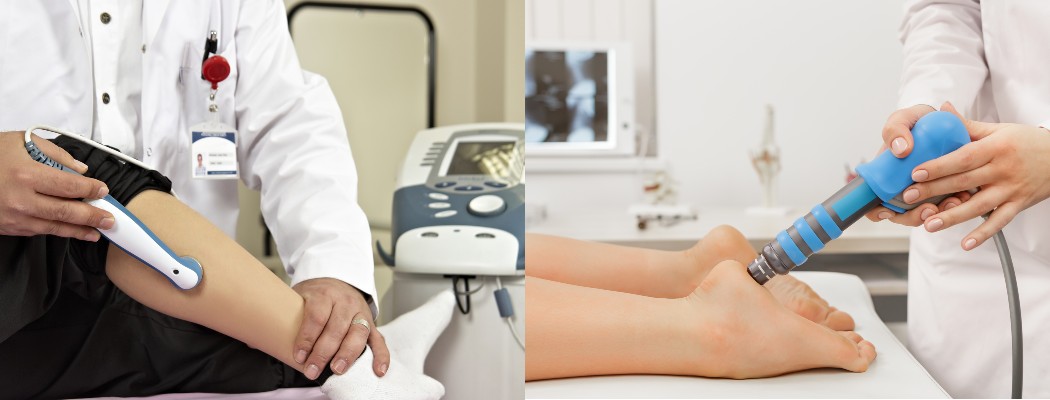Physiotherapy in Cambridge, Galt, and Preston for Lower Back
Q: Does it matter if the physiotherapist manipulates my back with me on my side versus on my back? When my regular therapist was gone, I noticed the therapist who took the regular therapist's place used the same kind of technique but from a different angle. Should I say something? I am being treated for low back pain at the moment.
A: For some time now, physiotherapists have been trying to find better ways to treat patients with low back pain. By better we mean more effective treatment with successful results. And successful refers to getting relief from pain that doesn't come back.
Manual therapy is one technique that studies support as an effective way to treat back pain when it first develops. Manual therapy refers to a hands-on treatment given by physiotherapsts to reduce back pain and improve function. Manual therapy techniques vary but include thrust and nonthrust manipulation of the spinal joints. The difference between thrust and nonthrust manipulation is the speed or velocity of the force directed through the joint.
Studies have shown that patients who have four out of five predictive factors will respond well to treatment with spinal manipulation. Those five factors include duration of current pain is less than 16 days, pain can go down the leg but no farther than the knee joint, reduced motion at one (or more) spinal segments, low scores on the fear-avoidance behavior (FAB) scale, and at least 35 degrees of internal rotational motion of one hip.
Those predictive factors actually form what's called a clinical prediction rule (CPR). Anyone who passes the clinical prediction rule with at least four predictors present will likely benefit from a thrust manipulation technique. It sounds like that's the treatment you are receiving.
Whether one technique works better than another is being investigated. At least one study showed no difference in results from being on your back versus on your side. There was a definite difference between using a thrust technique virus a nonthrust technique. Patients receiving the thrust manipulation (in either a sidelying or supine position) had equally good results and much better than patients receiving a nonthrust manual therapy technique.
However, anytime a patient has concerns about how a treatment is delivered, it's always best to ask your therapist for an explanation. Ultimately, you'll be able to tell if one treatment technique changes how you are feeling and functioning. Pay attention to your symptoms and let your physiotherapist know what you observe that might help direct treatment choices.
Reference: Joshua A. Cleland, PT, PhD, et al. Comparison of the Effectiveness of Three Manual Physiotherapy Techniques in a Subgroup of Patients with Low Back Pain Who Satisfy a Clinical Prediction Rule. In Spine. December 1, 2009. Vol. 14. No. 25. Pp. 2720-2729.
The Cambridge Physiotherapy provides services for physiotherapy in Cambridge, Galt, and Preston.









